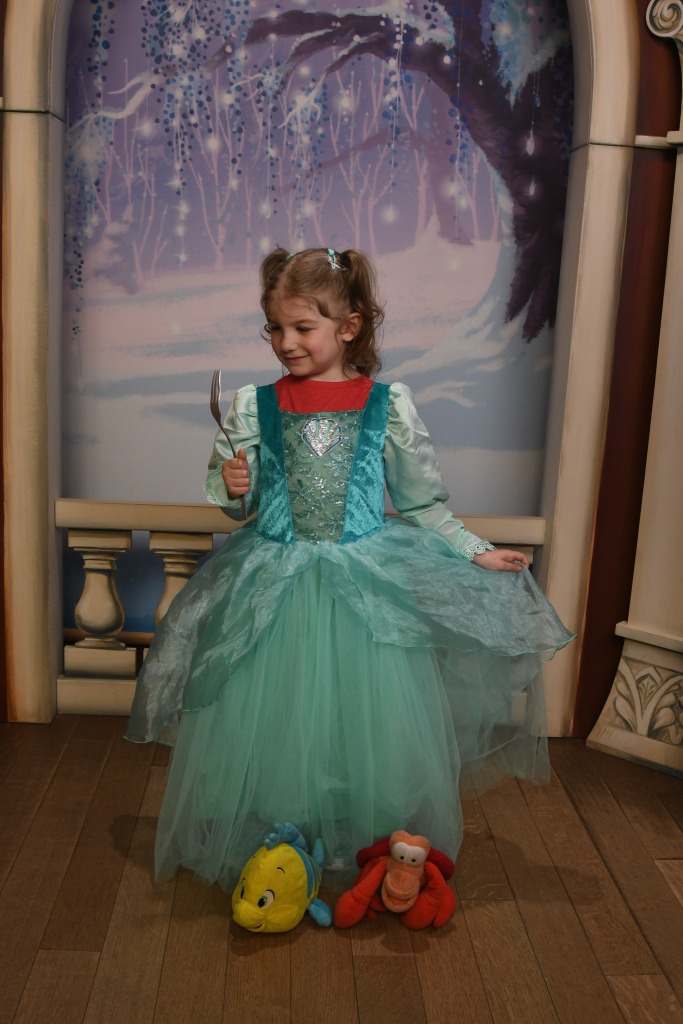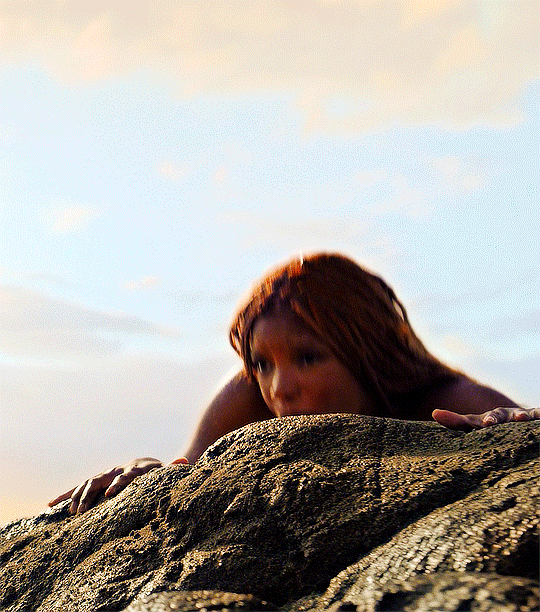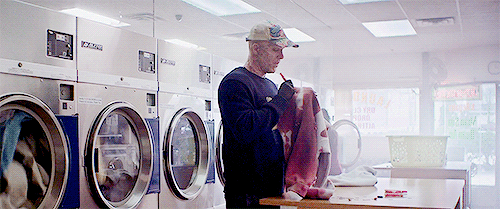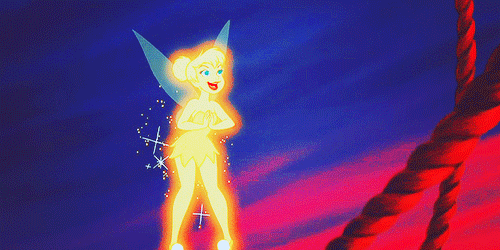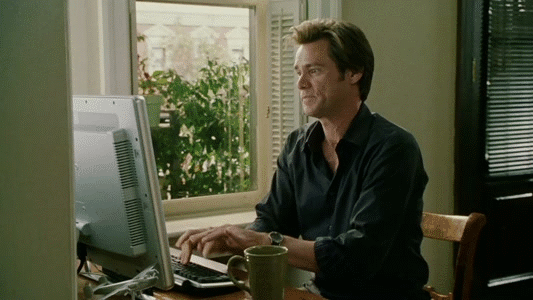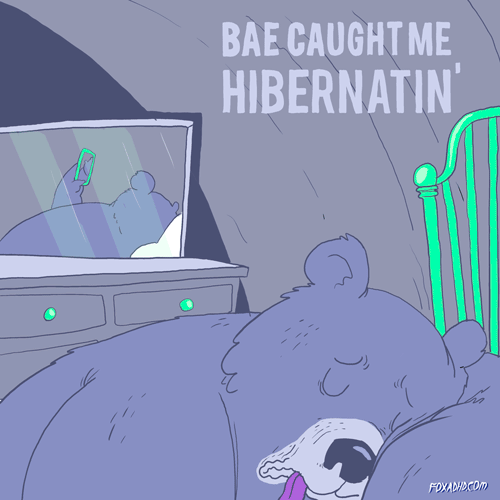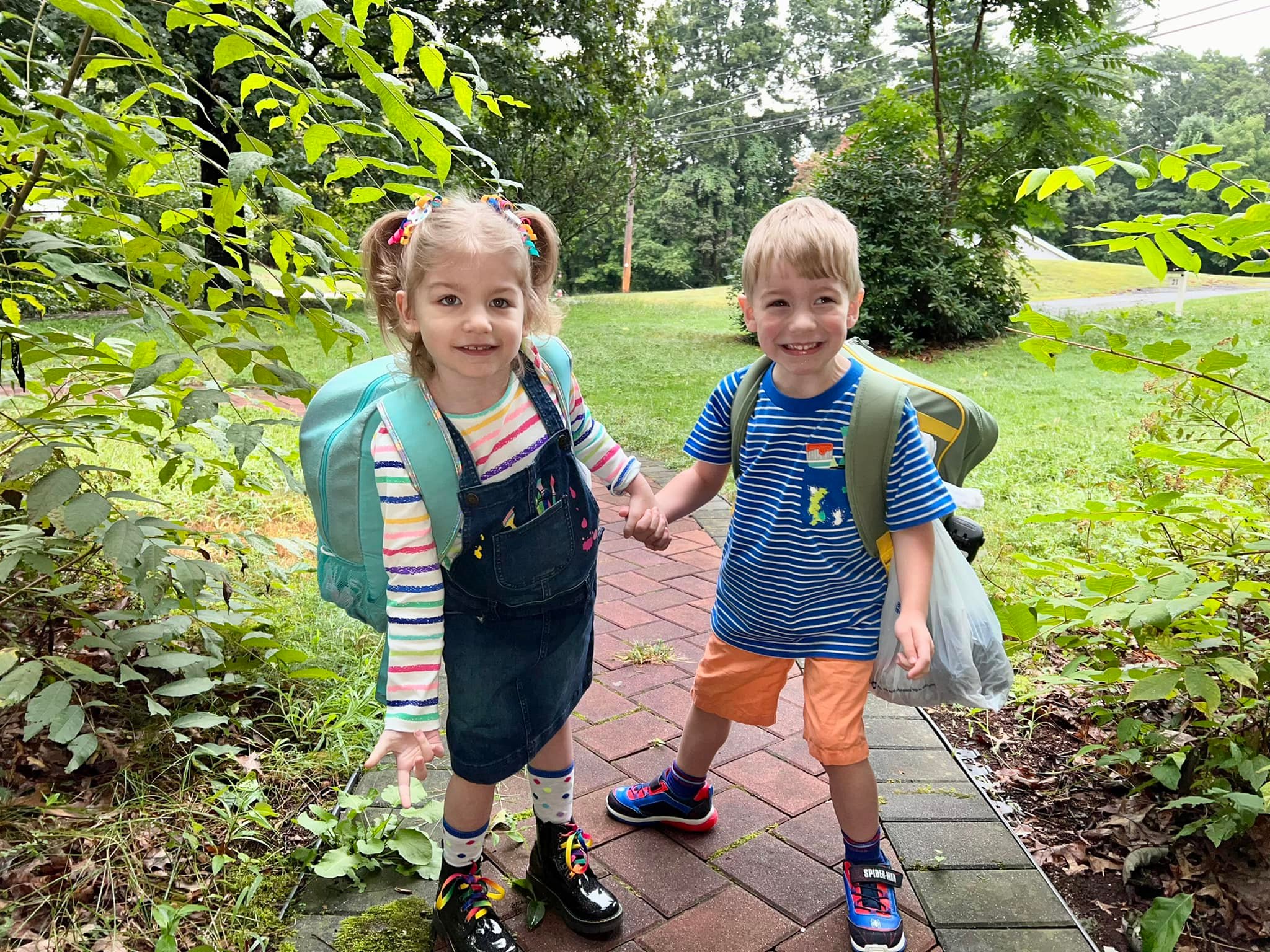Most of the time, I’d at least want to put some effort into slightly masking my ADHD in a blog entry, but since I’m drained and in pain, I am putting in the absolute bare minimum of effort in general BUT I wanted to get this all down because I’m still chewing on a lot of feelings, and unlike the cucumber topped with boursin I had this weekend, they are not dreamy and delicious. So you get words, but you’re also going to see a lot of parentheses where I go off on a small tangent, and I’m not sorry because you knew what you were getting into.
So.
This weekend, we did a family vacation to New York City.
I love New York City. Even after this exhausting weekend, I still love it. I love it with lessons learned and with confusion gained, but I do love it. There’s something about the energy there that… I don’t know. It feels like it breathes. I don’t just mean the six sprillion people there at all times (because if it were just the people, I’d say the same about Disney, which has its own distinct energy, or other crowded places, but I hate crowds, so that can’t be it). It’s just something about the city that is simultaneously so populated that there are entire countries that can’t compare and that is just a tourist destination, that’s both full of photo ops and must sees AND full of people just going about their daily business. The sidewalk sparkles, which is probably just a combination of mica in the concrete and garbage, but it just. I don’t know. There’s an energy there that I love, even when I’m not feeling it myself.
I won’t say that I used to go all the time, because that’s simply not true, but I used to go with some sort of frequency. My teens through my early twenties were sprinkled with trips varying in length from roughly a school day to a week, and I always loved those trips. I remember the first time I went was with my high school government class, and I remember nothing about anticipating this trip or planning for it or anything but actually being there, and then the experience divides itself into a handful of tiny memories, like snapshots from a photo booth:
- Driving downtown on our tour bus and being very close to Central Park on one side and buildings on the other, and the locals were just crossing the street in a manner that suggested they were about to walk straight into the bus, and we country hicks were universally baffled by this behavior because did they not see the bus right in front of them? Spoiler alert: tour buses are almost as common as pigeons in Manhattan, so it’s less that they didn’t see the bus and more that they didn’t care.
- Battery Park and then what can only–by process of elimination–have been the boat ride to see the Statue of Liberty, even though I don’t remember anything about seeing the statue or anything about Ellis Island, the other part of that tour option. I just remember “I am in Battery Park” and “I am on a boat.”
- Visiting the United Nations building, which I assume was the purpose of the trip. And this gets broken down into two smaller memories:
- Seeing a gift from China to the United Nations in the form of an enormous carved diorama made of pure jade, which was extremely rare and expensive. I don’t remember what the diorama was, just that it was jade and carved and from China.
- Being in the gift shop and telling my government teacher that I was buying an Israeli flag because I’m Jewish. Note that, at the time, I was not (to my knowledge) Jewish at all; it was just very fashionable in Evangelical circles at that time to say things like “I’m an adopted Jew!” which… there’s a lot wrong with that statement, to be honest. And I told these bizarre details to my government teacher and, to his credit, he did not call me out on this, just sort of nodded like “sure, makes sense.” But the joke was apparently on sixteen-year-old me, since as it turns out, a branch of my Polish ancestors were actually Ashkenazi, so whoops?
And that’s it, that’s the full experience from that first trip. I remember exactly nothing else. I almost feel like I could’ve dreamed it, but no, in old pictures of my bedroom, there’s that Israeli flag, sticking out like a sore thumb among my doll collection and other international artifacts. So it must have been real, but it certainly felt like a fever dream.
The next year, I returned to the city, this time as a Christmas gift from my parents and Auntie Beth, who lived in New York at the time. Auntie Beth did an AMAZING job showing me around the city; we did everything from getting sweet potato fries at a diner (I had never known such a thing existed until that trip) to hitting up the MoMA and the Met to seeing Phantom of the Opera four rows from the stage (as any theater kid from the 90s knows, this is an absolute peak experience) to taking in a flower show to meeting up with more aunts and uncles and cousins for a big fancy expensive meal to taking in the view from the top of the Empire State Building. Unlike with the previous trip, the memories from this week are overwhelming and numerous. Because Auntie Beth was a local, she seamlessly navigated us through the city in a way that seemed as effortless as breathing to seventeen-year-old me.
The only truly negative experience of that trip was the Amtrak ride to and from the city. I don’t know what Amtrak’s deal was, but the ride that was supposed to be maybe four hours, tops, wound up taking closer to six on the way there and closer to ten on the way back. The way back was particularly awful, as none of the cars had air conditioning on what was the hottest day of the year so far, and then, when the stuffy air already had us all gagging and swaying in our seats, the dining car ran out of every food that wasn’t hot coffee or light beer.
There was the time that I went with my college choir and stayed in this really odd place that was part theater, part dinner theater, and part… dormitory for 9/11 relief workers, I guess? We all slept in this bizarre room that seemed to have bunk beds going on forever and ever, and there was a proper fancy stage in the building and a little meeting room that overlooked whatever street was outside. I remember that the place was just off Times Square, literally steps from all of that mayhem, but you never would have guessed. I don’t remember if we performed (though we must have), but I do remember going all over the city like the dorky tourists we all were, and that everyone was scandalized by the appearance of the Naked Cowboy as we scooted along through the Times Square area to where we were staying.
Another time, my brother got us tickets to see Wicked on Broadway, so we found a hotel with two beds (a surprisingly tall order in Manhattan) and took a Mega Bus into the city. We spent about two days just wandering around, seeing whatever sites tickled our fancies, taking random pictures all over the place. When we called home on our last day to tell our parents we were heading out, they shocked us both by announcing that they’d acquired a kitten in the roughly eighteen hours we’d been gone. In the crowded streets, I thought I heard them say that her name was “Twitty,” and I was fully prepared to scold them heavily for choosing a terrible name for a cat, but no, her name was Tweety, which was much better.
Then Kyle and I hit the city for a day on one of our many drives back and forth to Texas. We mostly hung out around Central Park and took it easy, not really looking to do too much while we were there. We did, however, make the terrible and severely touristy decision to eat our dinner at T.G.I.Friday’s, which, like, it’s New York City. It’s one of the foodie capitals of the world. And we ate at Friday’s, and their food is microwaved and they charged double for it because we were idiots who ate at T.G.I.Friday’s near Times Square. Brilliant move, really.
The last time I went was with my mom, who was trying to get a visa to join my dad on his six week work trip to China. Chinese visas are, apparently, complex beasts, and the process required heading to the Chinese consulate in New York City. She never actually did get that visa, but we had a good time in the city anyway. We stayed in some fancy pants art deco hotel near Macy’s, and because my mom understood that New York City is a lot of walking, we took cabs everywhere. And we didn’t do too much touristy stuff–Central Park, shopping at Macy’s, peeping various sites near Times Square–but it was still a fun little trip.
So I like New York City. A lot. And I thought, in a genius manner, that it would make for a great family vacation, and honestly? It kind of did, but I also learned a lot of things while we were there. Namely:
- New York City at almost 20, New York City at almost 30, and New York City at almost 40 are very different animals. In my 20s, I could probably have wandered around the city from dawn until dusk and suffered no ill effects, and I have to remind myself that I’m not in my 20s anymore, even though I haven’t been in my 20s for roughly 10 years at this point. When I planned out this trip, I noticed that everything everyone wanted to do, save for Carrie’s preferred adventure of going to see the Statue of Liberty (or as everyone renamed her on the trip when we saw how much the ferry was rocking, the Statue of Liability), was around Times Square by a few blocks. Easy peasy! I can do that!
Except, well. No I can’t, apparently. Twenty years ago, I was practically skipping around the city. I could have gone all night! Even ten years ago, I took the cabs with my mom, but I think I could’ve done okay without. But I’m not twenty or ten years ago, I’m now, and the me of now moves a lot more slowly and gets tired a lot more quickly.
For example, on our Statue of Liberty day, I planned for us to do three things, which seemed reasonable: we’d go see said statue, then have lunch at a really cool market/counter service hybrid place I knew about, then close out our day in the city by seeing the New York Public Library’s map room. Three things seems reasonable, and for twenty-year-old me, it probably would have been reasonable, but almost forty year old me struggled with just getting to the statue. This was partly because we got a little lost looking for parking, partly because we had to navigate everywhere with my rollator (named “Wheelie” by the kids), and partly because the Statue of Liberty is kind of a most of the day thing. You have to do airport style security to get there and then wait in this long line for the boat and then try not to hurl as the boat pitches through the water and then maybe you go up into the statue or maybe you don’t but either way, the wait for the boat was hot and the boat itself was kind of stuffy and more than anything else, you want one of those fresh squeezed lemonades you keep seeing people drinking, and then when you do look at the statue, you have a bunch of emotions about so many things and you’re not really sure why, and then of course we have to go to the gift shop to get kitschy souvenirs and by the time you’re ready to leave, it’s almost two, and you’ve still got to eat lunch and find an accessible subway station and get back to Bryant Park before the library closes at 4:30.
What I’m saying is that we got to lunchtime and Kyle and I looked at each other and then gently negotiated with Sam to see the map room later because even if he was okay (and he wasn’t, he was whining about his feet hurting), we were exhausted. - The rate of change in New York City is terrifying, but also I’m just old and haven’t been there in a long time. Remember above where I talked about all the times I went to New York City between being sixteen and being twenty-eight? It wasn’t a lot, not like an annual thing, but enough that I felt familiar with certain parts of the city (like Times Square, Central Park, Rockefeller Center) and could wayfind pretty easily when near those places.
This is no longer true.
I don’t know what happened. Everything about Times Square looked completely backwards to me on this trip, and I couldn’t figure out which end was which or where I needed to go or why. I’d think I was looking at one end of Times Square and then nope, I was looking at the other. We spent a LOT of time in that area this weekend, mostly because we parked at the New Jersey Port Authority Bus Terminal, and I just had no idea where I was the entire time. Rockefeller Center was the same way; I felt like I was in some sort of alternate dimension New York City where everything was the same except a little to the left or sideways.
Which made the whole trip really hard. I was our navigator at first, sort of (I say “sort of” because it’s hard to hold a phone and navigating while also holding onto a rollator), but before being even halfway through day one, I had to give up. I had no idea where I was going. I understood the streets as much as I ever did, but beyond that, it was a weirdly off version of a place I’d been before. I didn’t like it. It felt like shoes that were two sizes too large or driving somebody else’s car. - This city is not very accessible. I’d never considered this before, honestly, because when I used to go to New York, I had two fully functioning legs and zero fibromyalgia. Now I have one leg that works all the time, one leg that’s like 60% there and 40% dead nerves, and fibromyalgia that flares like a bitch when I’m stressed, even if the stress is good (like, say, the stress of a vacation). I thought I’d prepped enough for this by bringing my rollator, taking plenty of Aleve, and pacing myself. And don’t get me wrong, that all helped, but…
Well. Like I said, NYC is not terribly accessible. It’s got one of the most comprehensive subway systems in the world, but with all of those stops, very few are actually accessible if you have a wheelchair or other mobility device. We were lucky because I can stand and walk shorter distances without Wheelie, so if we popped up at a station without an elevator or accessible entrance, we just lifted Wheelie through and pressed on. I can’t imagine if I’d been in a wheelchair.
To the city’s credit, many of the sidewalks are fantastic to walk, but plenty aren’t. I kept getting stuck and having to heft Wheelie over curbs or cracks or whatever, and then I’d imagine if I were in a wheelchair or scooter and then I’d feel kind of sick to my stomach. As I said above, I’m lucky because when worse comes to worse, I can walk, but even so, the accessibility left a lot to be desired. - I am a lot more disabled than I thought I was. I’ve had this conversation a lot with my physical therapist, where it’s turning out that my body is–for myriad reasons–nowhere near where it used to be or should be in terms of functionality. When I started PT a couple of months ago, my therapist (who is wonderful and encouraging and has helped me make really great strides in terms of overall strength) noted that my left leg is significantly weaker than my right leg overall. Likely this is because of the nerve damage I’m 99% certain is there (because it’s not like I’ve been doing leg day on one leg while the other dangles), but whatever the case, I’m at about one and a half legs at the moment.
Which I didn’t think was a huge deal because, for the most part, I’m living my life in a normal way. Sure, I need my rollator to get around, but that helps a TON. Last month, we did a family trip to Salem, and I managed just fine there. I can go to the mall without issue, I can go to Target without issue, I can do my PT without too much issue (though it wears me out, but anyone who’s been through PT understands that particular tiredness). In my day to day life, I’m fine… well, maybe not fine, but I’m not suffering and I don’t come across things beyond my capabilities very often.
New York City is beyond my capabilities.
I don’t mean that my legs fell off as soon as we entered the city limits or that I flopped around the streets like a fish (can you imagine that, flopping around NYC city streets? Blech). New York is a very walk-y city, as I’ve been mentioning, and some combination of the heat and sun plus my only one and a half legs plus my fibro acting up when I’m stressed (even good stress like vacation stress) had me exhausted so quickly every day, drenched with sweat, gulping for air, and begging to go back to the hotel (or well. Internally begging, which warred with me also internally saying, “NO, we are STAYING HERE until we DO ALL THE THINGS.”).
On our last day, when we shuffled from city parking to the New York Public Library beside Bryant Park, my legs immediately began screaming in protest, like a pair of toddlers denied their binkies. Before, I had been trying to pace my walking stops a little more evenly: every 2-3 blocks, in the shade, for no more than a minute or two. That day, I couldn’t. I had to stop so often, and I hated myself for it. This was less because I saw myself as an inconvenience (I’m in therapy to delete thoughts like that; unless someone in my family actually expresses that they find me inconvenient, I know that’s just my brain lying to me) and more because I SHOULD BE ABLE TO WALK A LITTLE BIT LONGER BEFORE MY LEGS NEED TO QUIT.
Having your physical capabilities diminish is fucking hard on a lot of levels. I’m having a lot of chats with my therapist about it, but it’s a process. It’s grief and frustration and so many things.
ALL of that said, I don’t want to give the overall impression that (a) it was a bad trip or that (b) I’m now going to become a hermit and stay in my little hovel forever and ever amen. We had a genuinely good time overall. I definitely teared up at the Statue of Liberty (something about seeing a symbol of the best my country can be hit me in the gut… either that or I was seasick) and had an incredible lemonade sitting in the park on Liberty Island.
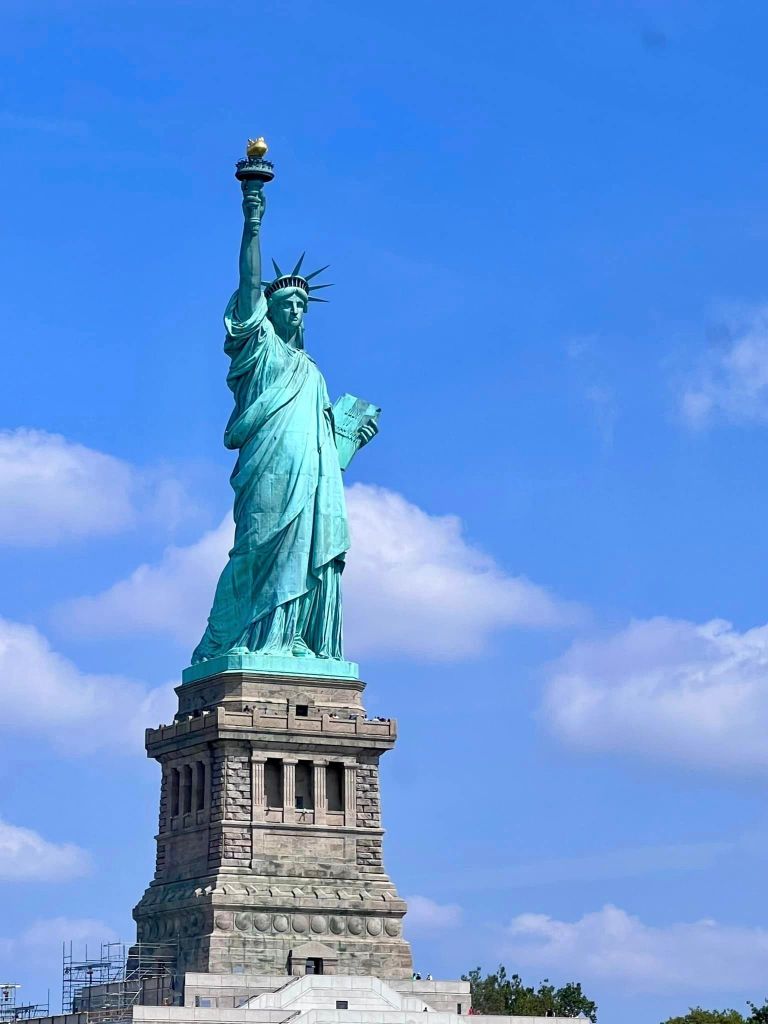
I had the most delicious pasta of all time–mafaldine with a mushroom ragu–at Eataly near the World Trade Center.
We enjoyed an honestly adorable meal at the American Girl Cafe near Rockefeller Center, where I discovered the joy of cucumbers topped with boursin and also got to watch my kiddos interact with the dolls they borrowed to be their lunchtime buddies.

I breathed in the energy of the city, more than a little marijuana smoke, that heartbeat I remembered so well. I got to enjoy the inside of the library, imagining that I would one day be Very Rich and build my own library to match with just as many Expensive And Important Books, maps, and artifacts.
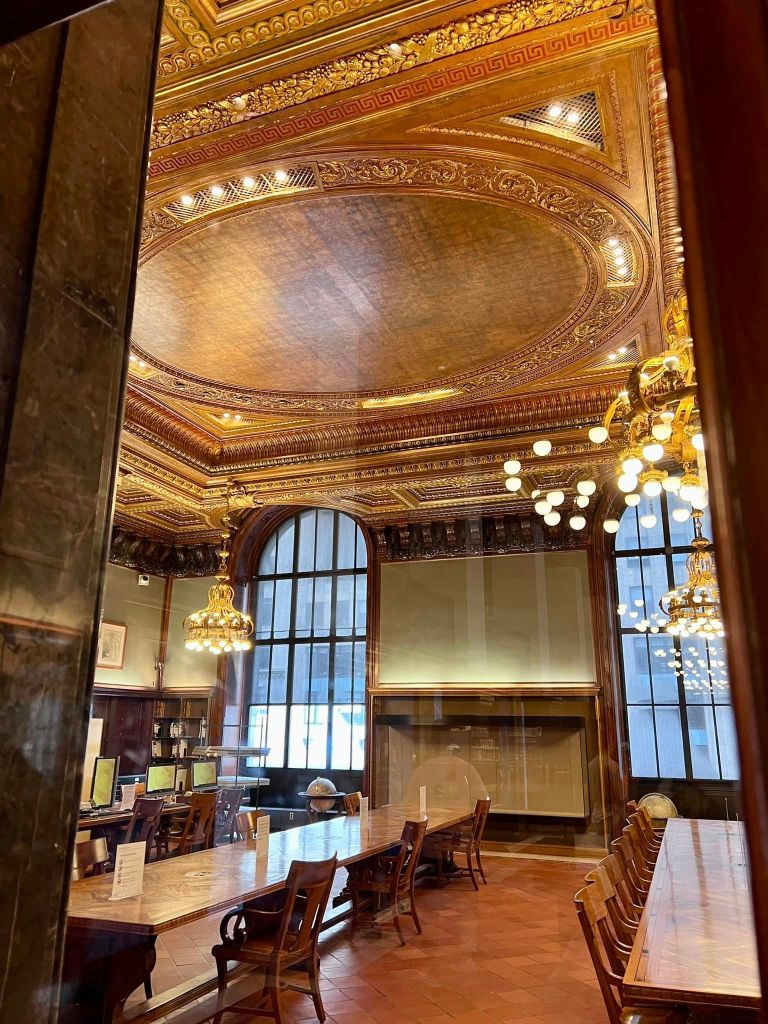
And then after, when I was evaluating my experience, I took a moment to be REALLY ANGRY that my body is now creaky and exhausted instead of young and spry and then I started thinking about and researching trips we could take as a family that took my disabilities into account. There are so many of them! More than I was expecting! In particular, I got excited about all the National Parks that are accessible because I’ve been dying to take my kids to see everything gorgeous this land has to offer, from Yellowstone volcanology to that giant hole in the ground that is the Grand Canyon to the enormous sequoias and everything in between. Apparently, being permanently disabled (which I can’t call myself because fibro is such a weird condition and we don’t have a proper idea of wtf is the issue with my leg yet) gets you free admission to National Parks as well; so while I’d much rather be able to walk and run and do New York City without every day ending at 2:00 p.m. because I’m exhausted and crying in pain, there are a few silver linings.
(another silver lining that Kyle doesn’t enjoy is that cruises are often very disability friendly, and you can rent a scooter to have with you onboard a lot of the larger lines so that you can enjoy that vacation as much as an able bodied person. His argument is that cruises are still large boats on water)
Anyway. Another trip in the bag. Even when it’s painful and exhausting, I love going on these trips because I know my kids are making incredible memories. Sammy, despite complaining for weeks beforehand that he didn’t want to go, told me the last night of the trip that he didn’t want to leave, and really, I think that speaks for itself in terms of how well things went.



